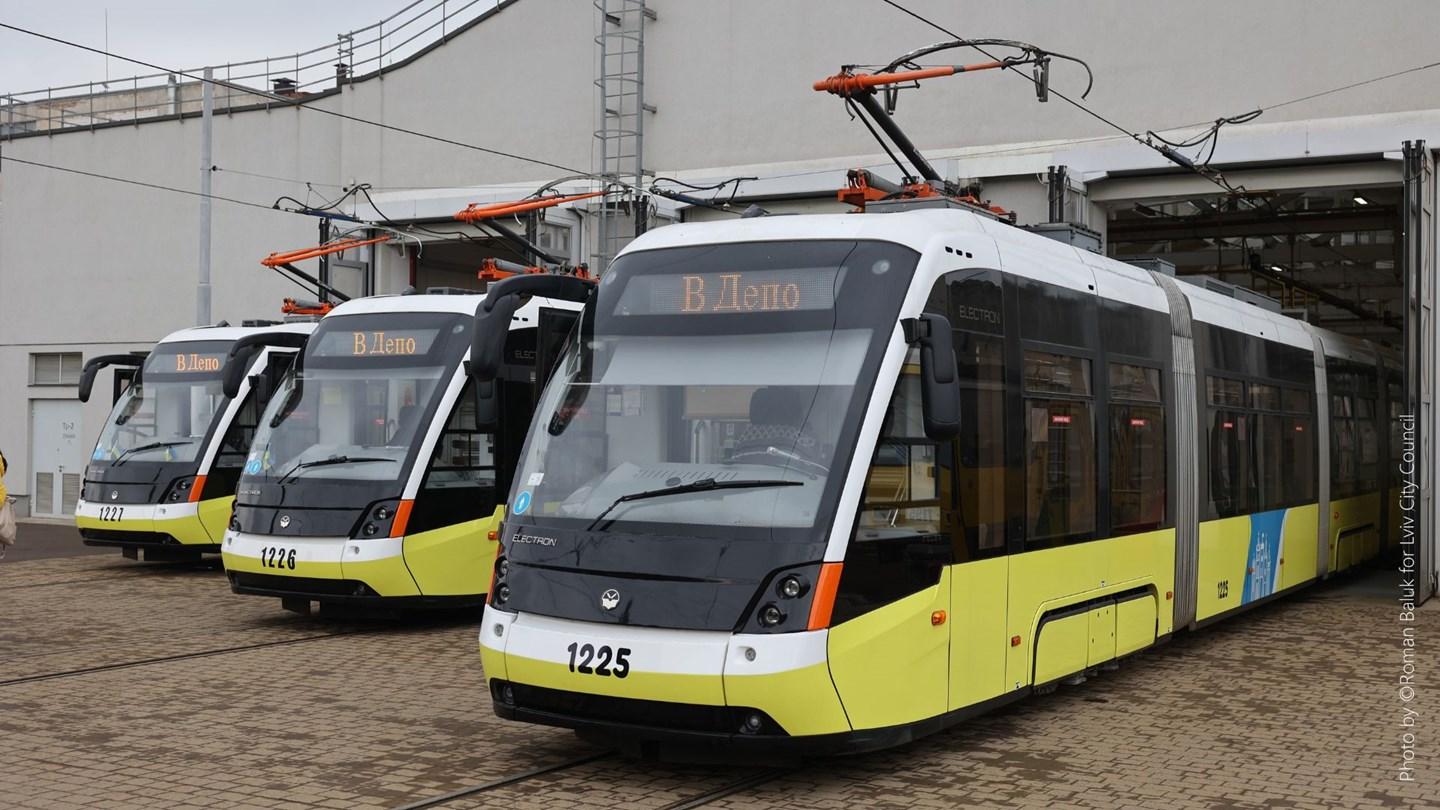We create and operate intelligent infrastructure and buildings capable of responding to the climate emergency and helping to achieve more balanced, sustainable and resilient territorial development.
Our mission.
Our approach.
End-to-end.
We support you on every step of the journey – from idea to design to operation and beyond.
Multidisciplinary.
Expert teams work closely with you across every aspect of mobility, energy and the built environment.
Sustainable.
Adapt our world to climate change, reduce emissions or preserve biodiversity are all major challenges that require ingenuity and technical prowess from us.
Global footprint.
19,500 talented people
Dedicated to using their expertise and working together to solve real problems for real people
Our talents
100 + countries
Our strong local network spans the Middle East, Americas, Africa, Asia-Pacific and Europe
Our Group
Iconic projects
Managing the world’s most ambitious and complex projects means our work affects the lives of millions
Our projects
News & insights.
Join us
Support the transformation happening in cities and communities by contributing to complex and large-scale infrastructure projects globally.



